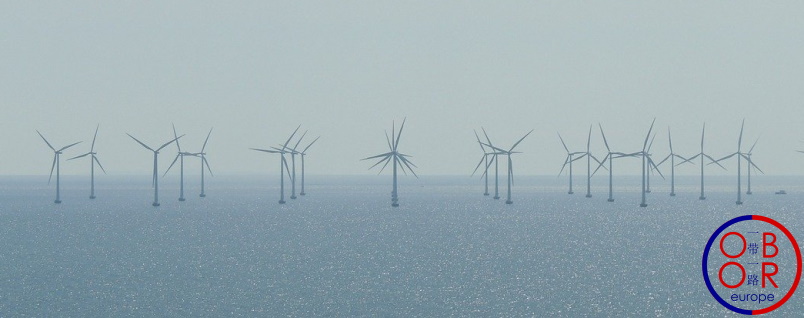by Dr. Sebastien Goulard

The Belt and Road Initiative has been repetitively criticized for its possible impacts on environment. This argument has been used for example by the US administration to warn foreign countries about the dangers posed by the BRI. These criticisms were legitimate regarding some of the early BRI projects (many of them were actually planned before the actual launch of the BRI, and were then labeled as BRI project for public relations). But the BRI is changing: environmental considerations have been progressively integrated in BRI projects.
In early December 2020, the BRI International Green Development Coalition (BRIGC), a research experts network supervised by China’s Ministry of Ecology and Environment unveiled a Green Development Guidance for BRI Projects that proposed a restriction of coal-fired power plants construction for future BRI projects. This document stresses the green dimension of the BRI and highlights China’s efforts to promote sustainable development.
Some recommendations
The BRIGDC identified several recommendations to adopt for greener BRI.
- Green dimension must be analyzed at each phase of the project life cycle.
- Financial institutions involved in the BRI should prepare exclusion list for industries/projects that cause environmental damages.
- An independent environmental impact assessment needs to be prepared for each project.
- Financial institutions must favor green projects buy offering better conditions
- Clients need to prepare environmental and social management system to be presented to financial institutions
- A grievance mechanism must be implemented so that NGOS and locals can contact financial institutions and present their concerns.
- Covenants should be included in contract to rectify breach of environmental agreement.
- Financial institutions should provide independent reporting on their environmental performance of the projects they are supporting.
- More international cooperation need to be developed by financial institutions regarding environmental data sharing.
Top priorities
Among the top priorities, the BRIGC has identified for a greener BRI, we can mention the rapid establishment of a classification system for BRI projects
BRIGC experts proposed a classification for BRI projects based on their environmental impacts. Each project would be given a “colour” that would illustrate their level of sustainability.
- Red projects would describe initiative that caused irreversible environmental damages. This color would be given to coal-fired power plants, but also some hydropower and petrochemical projects and mines.
- Projects that do not present significant harm to environment (neutral) would be yellow.
- Green projects would consist in projects that mitigate climate change and offer sustainable paths for development. Green projects are initiatives that contribute to some environmental aspects, and may include solar and wind-energy plants.
Another priority is to create an incentive mechanism to support the development of green projects.
An internationalization of BRI projects
The recommendations and priorities identified by the BRIGC are not new and some of them have already been implemented by international development agencies. The report mentions several times the activities and projects conducted by the European Investment Bank, the French DFI Agence Française de Développement (AFD) and several European Union directives.
When implemented, the mechanisms proposed by the BRIGC will make BRI projects much more opened to European development agencies and financial institutions.
A greener BRI is actually an opportunity for some more advanced EU-China cooperation in sustainable development.
Priority to sustainable development and renewable energies
This document does also confirm that China is promoting its green energy solutions both on the international and domestic markets. It will be very unlikely to see further coal-fired power plants financed through the BRI framework in Africa or South Asia. We foresee a boost of investment in green energy in China and the transformation of Chinese energy companies for the next years.
Share the post "Newly proposed environmental classification for BRI projects"
